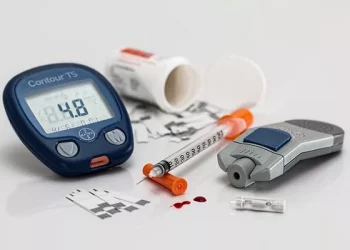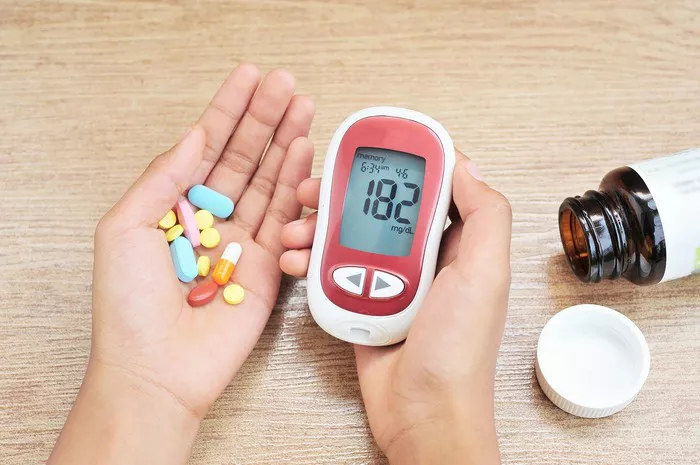A significant breakthrough has emerged in understanding the connection between obesity and type 2 diabetes, as recent research reveals the crucial role of blood vessels in the development of insulin resistance. Nearly 90 percent of the 6 million people suffering from type 2 diabetes in Germany are overweight or obese. This condition is marked by the body’s diminished response to insulin, leading to elevated blood glucose levels. For years, scientists have focused on metabolic organs like the liver, fat cells, and muscles to uncover the root cause of insulin resistance, but new findings suggest that the endothelium—the innermost layer of blood vessels—plays a much more pivotal role than previously thought.
Researchers from the Max Planck Institute for Heart and Lung Research in Bad Nauheim and Goethe University Frankfurt have identified a key molecule, adrenomedullin, which they believe is central to insulin resistance in obese individuals. The study highlights the critical relationship between blood vessel function and the body’s ability to regulate glucose.
In a comprehensive study conducted on mice, researchers found that obesity disrupts the endothelial cells’ insulin receptors, impairing blood flow and, consequently, the transportation of glucose and insulin to key organs like the liver and muscles. This dysfunction is directly linked to insulin resistance throughout the body, making it more difficult for cells to absorb glucose.
In healthy mice, insulin promotes blood flow to muscles by activating its receptor on the endothelial cells. This mechanism allows glucose to efficiently reach muscle cells, reducing blood glucose levels. However, in obese mice, the insulin receptors on endothelial cells are less responsive, hindering proper insulin function and contributing to higher blood glucose levels. The researchers also observed elevated levels of adrenomedullin in obese mice, which, in conjunction with another protein, complement factor H, exacerbates insulin resistance.
The study further revealed that blocking the receptor for adrenomedullin reversed the insulin resistance in these mice, restoring normal glucose regulation. This discovery points to the vascular endothelium as a key player in the systemic insulin resistance seen in type 2 diabetes. By targeting this pathway, scientists believe they can develop novel therapies that directly address the vascular causes of insulin resistance, potentially leading to more effective treatments for type 2 diabetes.
This research provides a new perspective on how obesity leads to type 2 diabetes, focusing on the vascular system’s role in insulin regulation. The findings open the door to the development of targeted therapies aimed at restoring proper insulin function in blood vessels, offering hope for better management of the disease in obese patients.
Related topics:
New Data Resource to Support Diabetes Research in Arkansas
Diabetes Cases Reach Record High in UK Amid ‘Hidden Health Crisis’ Warning


























